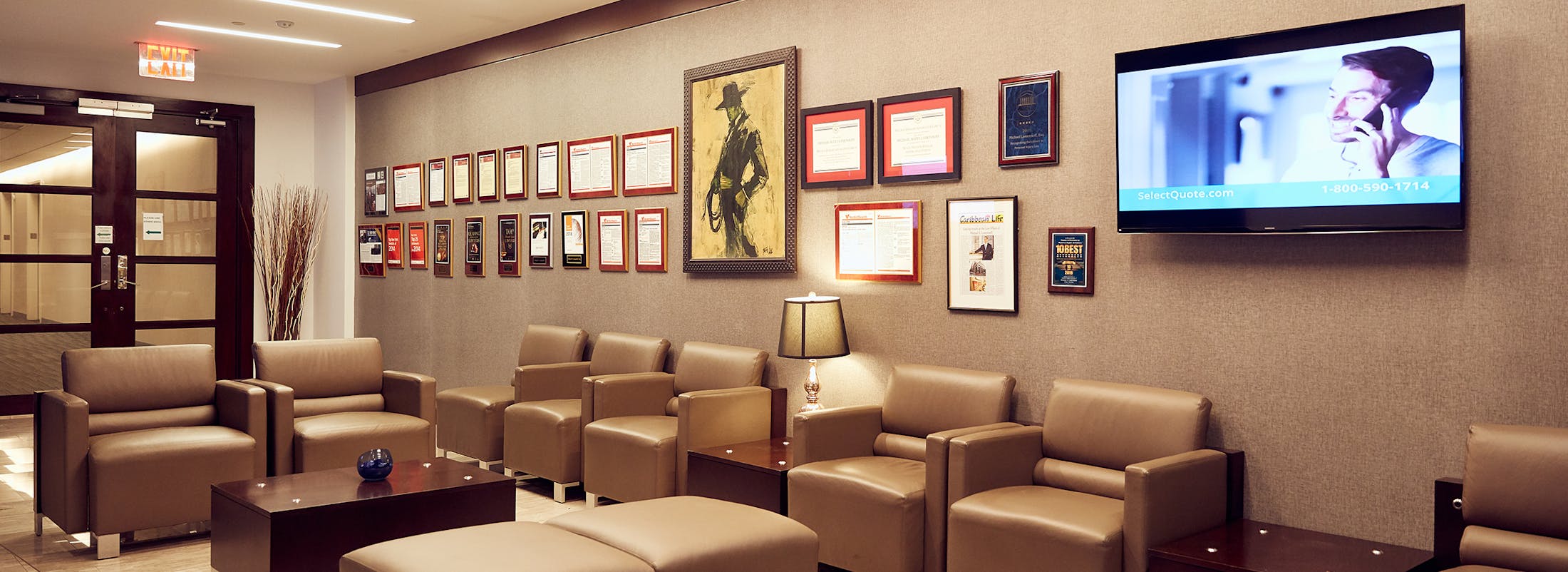Parking Lot Accidents in New York: Who Has The Right of Way and How Do You Prove Fault?
If you are involved in a traffic accident on a New York street or highway, a number of factors may go into determining who was at fault. Many drivers may find that the rules can be perplexing, but parking lots have right-of-way rules just like streets and highways. While this will be a general overview of how parking lot accidents are handled in New York, if you are injured in any traffic collision, you’ll want to discuss the specifics with an experienced New York City car accident attorney.
When you are driving through row after row of parking spots, precisely who has the right-of-way? It takes several calculations to make that determination. First of all, understand that parking lots have two basic types of lanes: thoroughfare lanes and feeder lanes.
A thoroughfare provides an exit to a street. Thoroughfares are the main arteries of a parking lot. Feeder lanes, on the other hand, are almost always smaller lanes that link the thoroughfares. Drivers in a thoroughfare have the right-of-way over drivers coming from the feeder lanes.
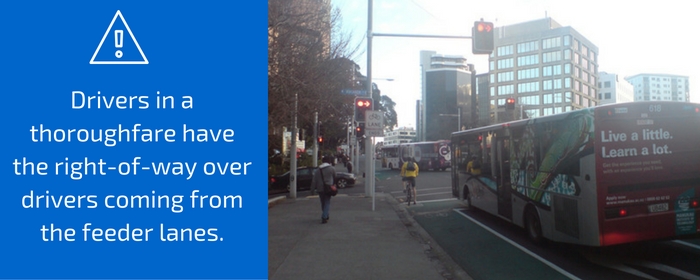
Thus, when someone drives in a feeder lane and approaches a thoroughfare lane, that driver must stop if there is traffic in the thoroughfare and allow that traffic to proceed before driving out of the feeder lane. Most drivers already know that if you are moving out of a parking spot, you must yield to anyone who is driving through the lane behind or in front of you.
It’s just like pulling out of a driveway or parking lot and onto a street. Additionally, stop and yield signs should be observed in a parking lot the same way drivers must obey those signs on the street. Failure to obey the posted signs in a parking lot puts you at fault if there’s an accident.
WHAT KINDS OF CRASHES ARE COMMON IN PARKING LOTS?
Probably the most common kind of parking lot collision is the “backing-out” crash where a driver backing out of a parking space impacts with another vehicle, which may be moving or parked. The driver who was backing out is almost always at fault in these crashes, with one exception; when two drivers are backing out simultaneously and collide with one another, the fault is usually mutual. And generally speaking, any time a driver runs into a legally parked vehicle, it’s going to be that driver’s fault.
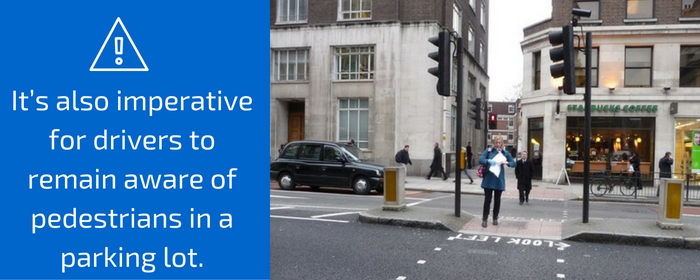
If a driver crashes into a parked vehicle and leaves without any effort to contact the parked vehicle’s owner, that driver can be charged with hit-and-run. It’s also imperative for drivers to remain aware of pedestrians in a parking lot.
They’re walking between vehicles and may be hard to see, especially if the lot is dark. It’s probably wisest to keep your speed in a parking lot or parking garage to about 15 miles per hour or even less.
IN A PARKING LOT CRASH, HOW IS FAULT DETERMINED?
Traffic accidents in parking lots, just like accidents on the street, are subject to an insurance company’s fault determination rules, the guidelines that insurance adjusters use to determine quickly which driver is at fault. If you are involved in a parking lot accident, and if the damage is trivial and there are no injuries, cooperating may be the best thing to do.
The insurance company will take statements and consider the damages in order to determine fault. If the company determines that you were the at-fault driver, you have the right to appeal the company’s determination. Such appeals usually involve a third-party mediator.
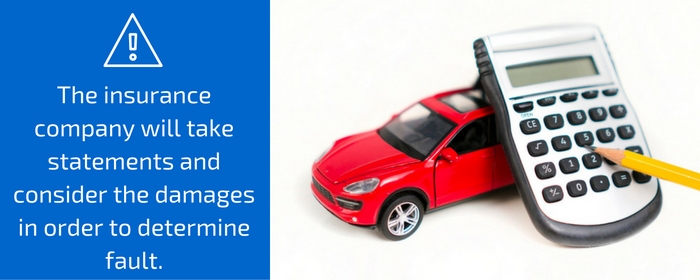
However, if you are injured in a parking lot collision, or if you even think that you may be injured, seek medical attention at once. Do not speak with the insurance company, admit any fault, or sign any documents before consulting with an experienced New York City personal injury attorney.
Even if you don’t “feel” like you’ve been injured, get checked by a healthcare professional. You might feel slightly sore after a collision. Don’t try to “shrug it off.” A trivial pain or soreness could, over several days or weeks, become a serious medical condition.
HOW CAN DRIVERS AVOID PARKING LOT COLLISIONS?
New York City is the site of plenty of big parking lots with vehicles and pedestrians constantly moving in every direction. Cautious driving is an imperative, and it’s the general strategy for avoiding a parking lot collision.
Always proceed carefully, and when you must drive in reverse, do it at a snail’s pace – seriously. Watch for moving cars, pedestrians, and even other vehicles that may be moving in reverse out of other parking spots.
Every driver knows that it can be tough to back out when a van or a truck is parked in the next space. Drivers should remember that difficulty as they move through thoroughfare and feeder lanes.
Watch for vehicles that are backing out, and remember that those drivers may be dealing with blind spots. If a driver who is backing out of a parking spot hits you, it’s probably going to be deemed that driver’s fault, but it’s truly every driver’s obligation to do everything possible to avoid preventable collisions.
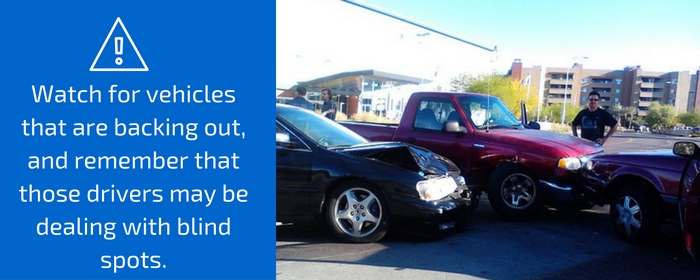
What happens when two drivers who are “competing” for the same parking space collide with one another? It’s just like the rule on the street; if there are no mitigating circumstances, the driver turning left will be considered the driver at fault.
However, an insurance adjuster will also consider where the impact marks are on the vehicles, how far each vehicle was from the parking space at the time of the impact, and the speed of the vehicles. It should go without saying that if one of the drivers is intoxicated, that driver will almost always be deemed at fault.
Except for the lower speeds, cautious and responsible driving in a parking lot is not that different from cautious and responsible driving on New York’s streets and highways. Maintain a safe speed, keep your eyes on the road, use your mirrors, and don’t be aggressive.
Always let an aggressive driver have his or her way, even if you legally have the right-of-way. There’s no way to guarantee accident-free driving, but most New York drivers who adhere to the recommendations that have been offered here will be able to avoid accidents and injuries while driving in a parking lot.

